Description of the potato scoop and measures to combat it
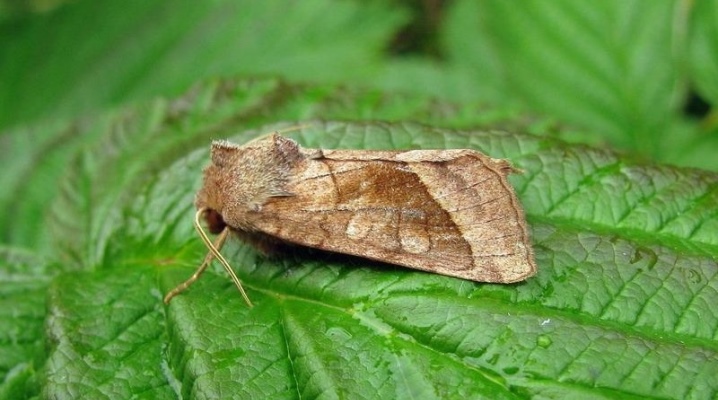
No gardener wants his crops to be eaten by pests or their caterpillars. As a result, every farmer tries to find the best way to deal with pests, including the potato scoop (or lilac spring scoop, marsh scoop) in the garden. Farmers offer a lot of ways to solve the problem. Someone uses folk or agrotechnical methods, others resort to powerful chemicals or biological preparations. Nevertheless, everyone has the right to independently decide how to act in such a situation.
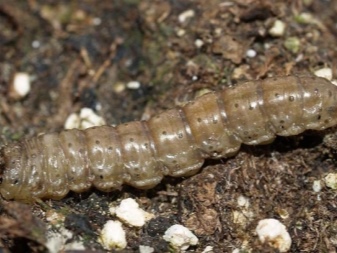
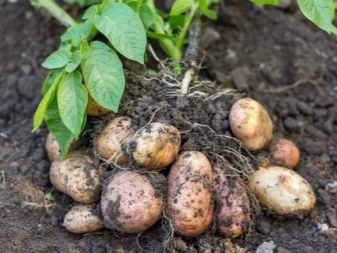
Description
The potato scoop is a small, nondescript-looking butterfly. She is so inconspicuous that it may seem like a completely harmless creature. In fact, the marsh scoop, the fight against which is extremely difficult, often brings a lot of problems to gardeners. To succeed in destroying it in your garden, you need to understand the features of the pest's life. The wingspan of the scoop is 28-40 mm. The front ones have a grayish-yellow or grayish-brown color with a reddish tint, transverse lines of a dark brown color, specks and a wide frame running along the edge. Hind wings are reddish-yellow or yellowish-gray with a dark stripe running in the upper third. On the head there are two long antennae, wide at the beginning and tapering towards the ends. From eggs 0.8 mm in size, the color of which smoothly changes from pale yellow to almost black, caterpillars hatch, the length of which is 40-50 mm.
Their color ranges from light yellow to black, with a reddish stripe running along the back. The caterpillar's head is pigmented in darker colors without specks and lines. Thoracic shield brown, bearing setae reddish brown, stigma black. The pupa reaches 17-25 mm and has a yellow-brown color. A clutch of eggs of 20-60 scoops, arranged in 1-2 rows, hibernates behind the leaves of perennial representatives of cereal grasses: creeping wheatgrass, hedgehogs, timothy grass. Caterpillars hatch at the end of spring, feeding on leaves and stems of plants. In early July, in the ground near eaten plants at a depth of up to 15 cm, a transition from larva to pupa occurs. The pupa develops within 13-30 days. Butterflies fly from mid-summer to mid-autumn, laying up to 200 eggs.
Fertility of one female can reach 500 eggs. One generation of scoops manages to form during the season.
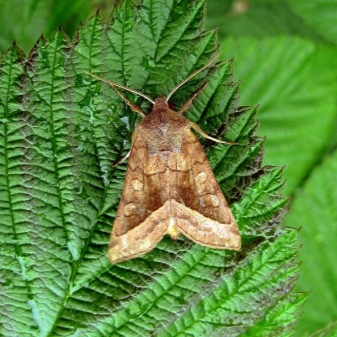
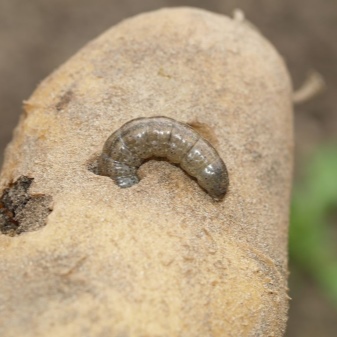
For which crops is it dangerous?
The real danger is not an adult scoop, but its caterpillar devouring potatoes. These pests can harm many crops quite badly. Caterpillars make their way inside the stems and fruits, gnawing holes. They also completely eat away the ovaries of berries, buds and sometimes roots of plants. As a result, the bush, attacked by scoops, withers, withers, foliage flies from it. Despite the "telling" name, the scoop eats not only potatoes. The garden pest often eats other crops:
- tomatoes;
- onion;
- garlic;
- strawberries;
- raspberries;
- corn.
Caterpillars love bulbous flowers such as irises and lilies. Adult insects feed on the nectar of cereal weeds. The threat of the appearance of pests in areas with waterlogged soils is especially great. Excessive humidity leads to the development of harmful microbes that destroy vegetation.
The potato scoop gnaws at the stem and pushes its way along it to the tuber, where it continues to eat and grow intensively. It turns out that the tuber looks completely healthy and attractive when its core has already been gnawed out.

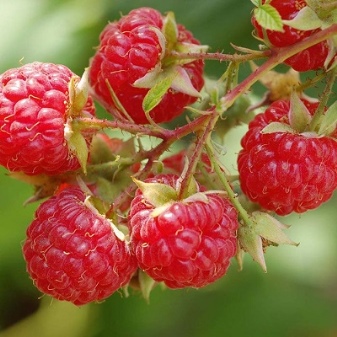
How to fight?
With a butterfly
The fight against the potato scoop consists in eliminating as many butterflies as possible as long as they have time to lay the clutch. Since the nocturnal insect does not appear during the daytime, it is most effective to set traps on the site, into which it can fall. To lure the scoop, a sweet liquid (water with jam and yeast or sweetened beer) is poured into a container and placed throughout the entire area at a level of 20-25 cm above the ground. In the morning, drowned butterflies are removed from the traps. The proven non-chemical method is considered to be a decoction of wormwood. To make it, take 1 kg of fresh wormwood, pour 3 liters of water and boil for 15 minutes. Vegetables are irrigated with strained and cooled broth. The operation is performed two times: shortly before the beginning of flowering and after 2 weeks.
Insecticidal preparations.
- When planting, a little Bazudin granules are poured into each hole. The ideal ratio largely depends on the type of soil and the state of the weather, but it is necessary to proceed from the proportion of 20 kg of the preparation per 1 ha of area. It is advisable to carry out the processing on damp ground, in addition, the preparation also allows you to get rid of the wireworm.
- To combat the caterpillars wintering in the ground, the "Nemabakt" tool or one of its prototypes is perfect. It is most reliable to purchase it in special agrotechnical retail outlets, since the offers on the markets are often a low-quality fake.
- Treatment of the site with "Chlorophos". Today, the tool is not in particular demand, however, when the situation has become uncontrollable, you can use it as well. Just do not forget that this drug is not classified as safe and can harm your health.
- The treatment with "Karbofos" gives a good effect. Its indisputable advantage over similar products is its short-term exposure. The active substance of the agent - malathion - disintegrates in the open air after 1-2 weeks. In its pure form, "Karbofos" is little used today, however, preparations based on it ("Inta-Ts-M", "Iskra-M", "Fenaxin-plus", "Fufanon" or "Actellik") are in great demand among gardeners and gardeners.
Just before use, it is imperative that you familiarize yourself with the accompanying annotation.

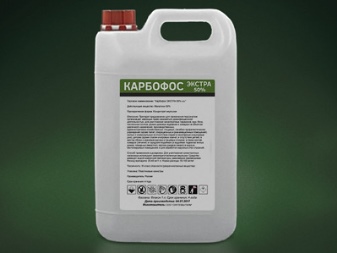
With caterpillars
There are several phases of caterpillar formation. In the initial stage, they only absorb the lower leaves of the plant. In the 2nd and 3rd instars, the main attention is paid to the entire green part of the plant, leaving only the veins. At the end of June, the stage of transition from larva to pupa begins. Actually, in a similar state, butterflies go to winter. Taking into account these features of the vital activity of insects, you can understand how to exterminate them on your site.
There are many agrotechnical methods that act as prevention of the appearance of scoops on the site. Here are the key ones.
- If the task is to exterminate the scoop, then first you need to understand - the female is laying eggs on the weeds. Consequently, the regular elimination of weeds is not only a guarantee of a good harvest, but also a rather ingenious way to prevent insect breeding in a potato garden.
- To destroy the potato scoop's shelter, loosen the soil between the rows more often. Hump up the plants in a timely manner - preferably several times per season. This will take some time, but will significantly reduce the possibility of an insect emerging.
- The potato scoop will die if in the fall, before the onset of the first frost, you carefully dig the garden around the entire contour.
- Remove insect-infested plants and tubers in a timely manner. Such work cannot be called easy, especially when your site is more than "unfortunate" six hundred square meters, only otherwise you will hardly be able to achieve success.
- Deacidification of the soil on the site by means of lime, eggshell or ash.
The final preventive operation in the fight against the scoop on potatoes is performed in dry, calm weather, then the site is dug up. Carrying out liming, it is not necessary to add phosphorus or nitrogen fertilizers to the selected material, otherwise the result will be nullified. The most important thing is to remember that even after the elimination of all clutches, the scoop (caterpillar on potatoes) can appear on the site again as soon as suitable conditions appear for this. Even from several that managed to overwinter or eggs brought in from the adjoining territory, new voracious caterpillars will appear in the spring.
Just before use, it is imperative that you familiarize yourself with the accompanying annotation.

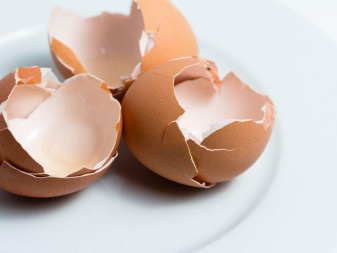
Folk remedies for insect control
Particularly effective means in the fight against the scoop on the site is the treatment of plants with various decoctions and infusions. The most popular of them are.
- Once every 10-12 days, it is necessary to process all vegetable crops with a composition infused with garlic arrows. It is prepared in this way: finely chopped garlic arrows (at least 400 g) are placed in a glass jar with a capacity of 3 liters, poured to the very neck with water and insisted for at least 7 days, then filtered. For processing, 50 g of tincture is poured into a bucket of clean water and the same piece of laundry soap is placed. Garlic tincture is effective against all types of scoops.
- You can prepare a decoction of wormwood. To do this, 1.2 kg of freshly cut wormwood are poured into 10 liters of boiling water, hidden in a dark room for 3-4 days. Before use, the broth is filtered and diluted with clean water in a ratio of 1: 10.


For information on how to win the battle for the harvest with the scoop, see the next video.













The comment was sent successfully.